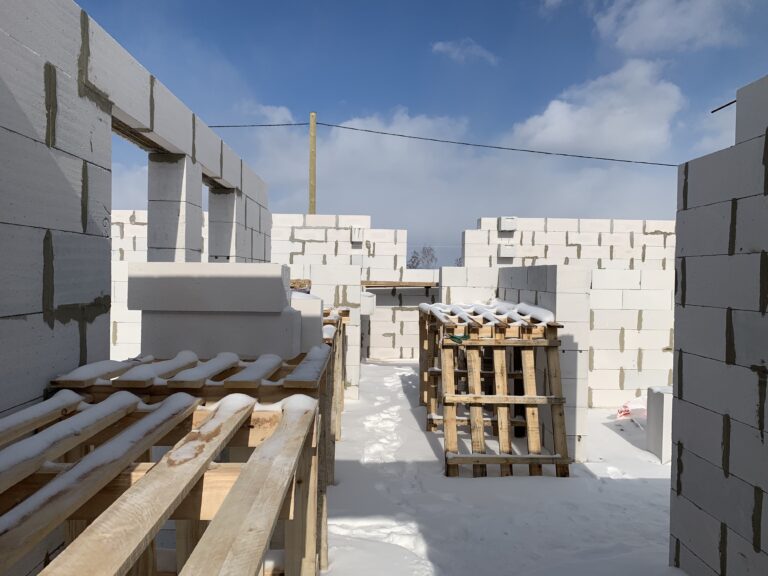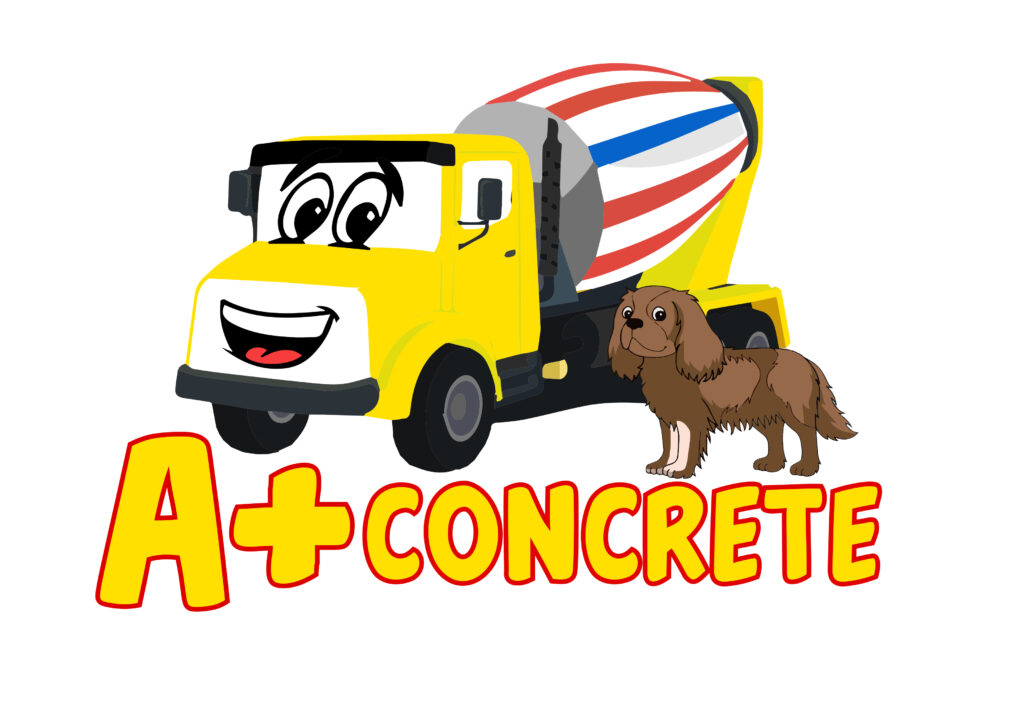Tips & Tricks
Concrete in the Winter: A-Plus Tips and Tricks for Cold-Weather Concreting
A-Plus Concrete
Concrete Tips & Tricks for DIY or Professional Projects
We Are Ready For 24/7 Emergency Service

As the winter chill sets in, many DIY enthusiasts and construction professionals wonder, “Can I work with concrete in the winter?” The answer is a resounding yes! In this blog post, A-Plus Concrete shares valuable tips and tricks to ensure successful concrete projects even in cold weather. Let’s dive into the cold-weather concreting guide that will keep your projects hot, even when the temperature drops.
1. Temperature Matters:
Before starting your winter concrete project, it’s crucial to monitor the weather forecast. Concrete cures best in temperatures above 40°F (4°C). If the mercury is expected to dip below this threshold, consider taking additional precautions or rescheduling your project for a milder day.
2. Warm Up Your Materials:
Cold concrete mix can lead to slower setting times and weaker overall strength. To combat this, store your concrete mix and water in a warm, indoor environment before use. Using warm materials helps maintain the ideal chemical reactions and accelerates the curing process.
3. Use Accelerators Wisely:
Concrete accelerators are additives designed to speed up the setting time in cold conditions. While they can be incredibly useful, it’s essential to use them judiciously. Follow manufacturer guidelines and consult with A-Plus Concrete experts to determine the right accelerator for your specific project.
4. Plan for Thermal Protection:
Once the concrete is poured, it’s crucial to protect it from the elements. Covering the freshly poured concrete with insulated blankets or straw can provide thermal protection, maintaining the necessary temperature for proper curing. A-Plus Concrete recommends leaving these coverings in place for at least 48 hours.
5. Timing Is Everything:
In cold weather, timing becomes even more critical. Work efficiently and plan each step with precision. Consider pouring concrete during the warmest part of the day to maximize the curing conditions. Additionally, aim to complete finishing touches before the temperature drops significantly in the evening.
6. Adjust Water Content:
Finding the right water content is essential for winter concreting success. A-Plus Concrete experts advise adjusting the water-cement ratio based on temperature. Too much water can lead to freezing concerns, while too little water may hinder proper hydration.
7. Expert Advice and Consultation:
When in doubt, consult with the experts. A-Plus Concrete is your go-to partner for all your concrete needs, including winter projects. Our knowledgeable team can provide tailored advice, recommend suitable mixes, and guide you through the intricacies of cold-weather concreting.
Conclusion
Working with concrete in the winter requires careful planning and adherence to specific guidelines, but it’s absolutely possible with the right knowledge and precautions. With these A-Plus tips and tricks, you can confidently tackle your winter concrete projects and ensure they stand the test of time. For personalized guidance or to explore our winter-ready concrete solutions, reach out to A-Plus Concrete today. Stay warm and build on!
A-Plus Concrete
A-Plus Concrete specializes in small concrete deliveries in Western Connecticut. Our staff is fully dedicated to providing the best service to each one of our customers. We strive for friendly service, timely deliveries, and the utmost professional experience.
- Fairfield County / New Haven County / Litchfield County
- Call: (203) 744-7661
- Email: [email protected]
Copyright © 2023 A-Plus Concrete | Designed by Automated Growth Agency
